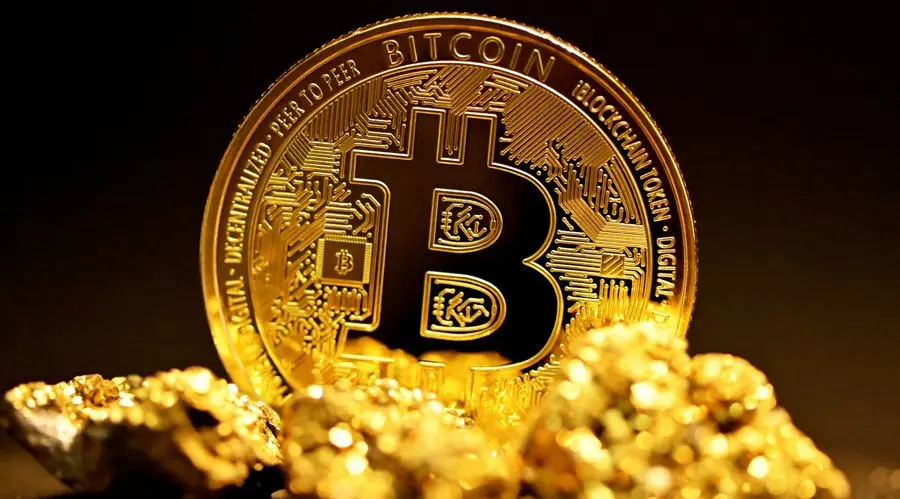The world’s first decentralized currency has been the subject of a fierce environmental debate ever since it came into the limelight. Even as this pertinent digital currency continues to reshape important industries like Finance to entertainment, the energy-intensive nature of its mining process continues to raise questions over the crypto’s sustainability. With sectors such as the online gambling industry through bigwigs like Spin City casino embracing Bitcoin, attention has been drawn to the dual-edged sword of innovation that aptly defines the cryptocurrency landscape.
While on one side, critics of this virtual currency contend that it massively contributes to carbon emissions and exacerbates climate change, proponents of the token, on the other hand, argue that there’s a greener Bitcoin future to be had. So, what exactly is the truth? Let’s gain some clarity on this topic. Shall we?
Bitcoin Mining: The Heart of the Ensuing Debate
To look into this decentralized currency’s environmental footprint, it is essential that we look at the mining process, the key factor behind the ensuing debacle. The token’s mining process is a fundamental aspect of its functioning that plays two pertinent roles:
- It paves the way for the recording of permanent transactions on blockchain, the technology on which the currency is built.
- It facilitates the fair distribution of the token’s 21 million coins. It does so by rewarding the coin’s miners with new coins for utilizing real-world resources, especially electricity to secure the network.
The mining process involves solving a lot of mathematical problems by using special hardware called Proof of Work (PoW). The process of mining PoW requires a lot of computational power that results in great energy consumption. The process will see lots of miners battle it out, and whoever solves these problems will receive the newly produced Bitcoins. In an era where the sustainability of environmental resources has been stressed over time, this process has been largely criticized in many sectors due to its energy-intensive nature.
A Journey Towards Efficiency in the Mining Process
Admittedly, when blockchain token was first incentivized in 2009, the level of efficiency in its mining process was probably not great. However, as the years have rolled on, the process has gradually taken an energy-efficient trajectory. Initial mining was undertaken through the utilization of Central Processing Units. With the expansion of the network, the Graphics Processing Units took over in a bid to enhance efficiency in energy consumption. That said, since 2013, the technology has preferred using ASICs due to their superior efficiency compared to CPUs and GPUs. The first CPU that was used in 2009 to mine this digital currency had a Joules per terahash (J/TH) consumption of 877,193. Fast forward to the Antminer S19xp, which has a J/TH consumption of just 21.5, and you’ll find that there has been an efficiency improvement of a whopping 4,077,000% over 13 years.
A Comparative Analysis of Bitcoin Mining to Other Industries
When put in perspective to other industries, one finds that this digital currency utilizes less energy when compared to other sectors. The Bitcoin industry has an annual consumption of 129.45 TWh which contributes to a measly 0.078% of the world’s energy consumption. Take the gold industry, for instance, which consumes about 240.61 TWh per year, and the traditional banking ecosystem, which consumes around 638.88 TWh annually, and you’ll find that Bitcoin is very efficient in its consumption.
That said, there has been an increased push for mining with renewable energy sources to increase efficiency levels. The switch to cleaner energy will see the consumption levels of the digital asset fall even further. In a key move for the industry and the environment at large, several Bitcoin mining corporations have recently pledged to use renewable energy in the mining process. From a sustainability perspective, this is certainly a move in the right direction.
A Careful Balance Needs to Be Reached
The Bitcoin energy consumption debate emphasizes the need to look at such matters with clarity and objectiveness. While there are pertinent and valid concerns about the digital currency’s energy consumption rate, it is also vital to balance these concerns with the apparent benefits that come with this cryptocurrency. From decentralization, security, censorship resistance, and financial inclusion to all around the world, the perks of Bitcoin are there for all to see. That said, it is evident that there needs to be careful thinking about how the Bitcoin mining process may be more efficient. If this balance is struck, it will make the lives of everyone easier, both the Bitcoin users and the ESG advocates who want to protect our environment.



